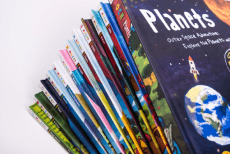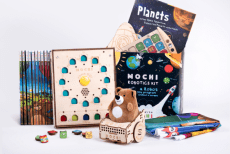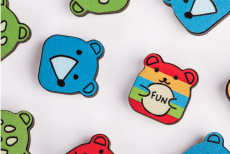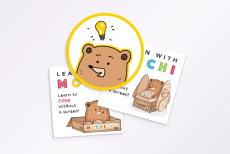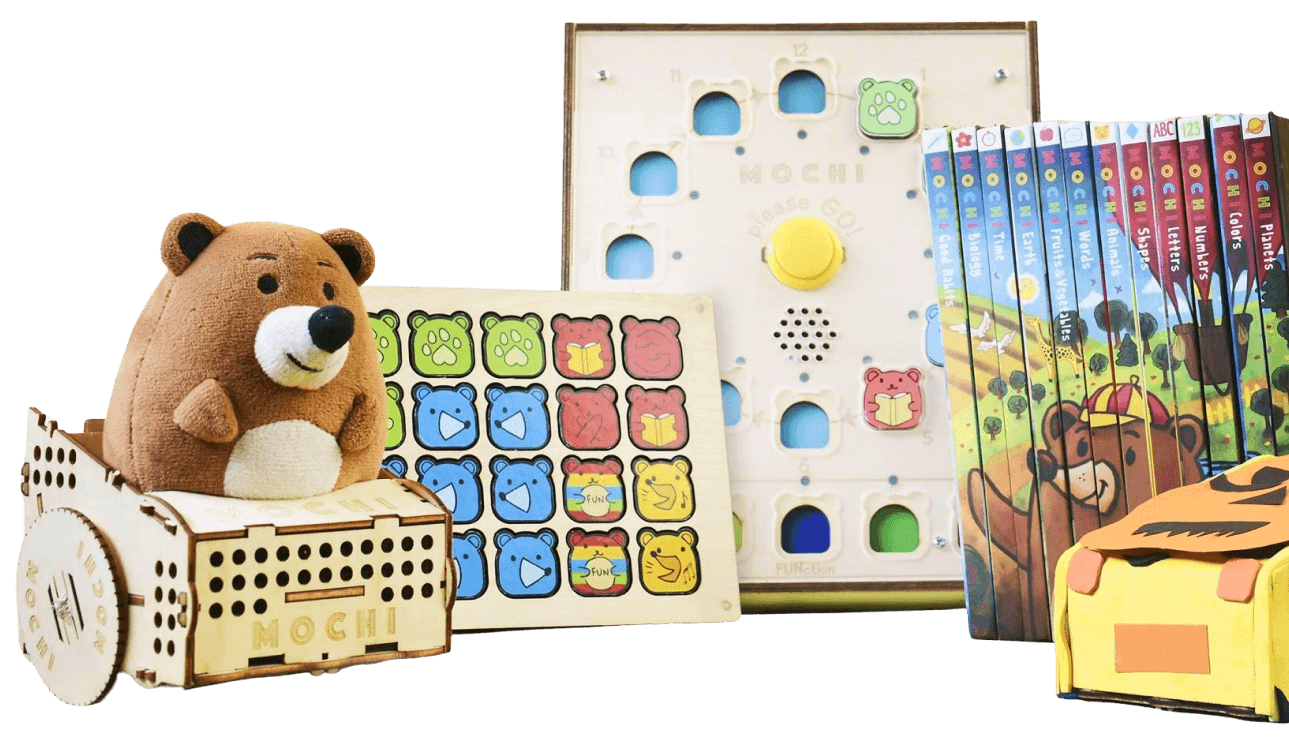
No one is too young to experiment with science! Hands-on science activities let preschoolers marvel at the magic of the world around them. They may not learn the precise STEM concepts behind the activities, but they’re still practicing skills that will be a foundation for later learning. All the science activities for preschoolers listed below have fast results to keep kids engaged and spark curiosity. Start every project with a hypothesis and give your child the opportunity to guess about how the world works. The most important part of all these projects is having fun, so let little hands get messy and discover something new!
Vinegar and Baking Soda Experiments

Chemistry. There are all kinds of fun experiments that demonstrate the chemical reaction between vinegar and baking soda. This introductory activity shows the chemical reaction between a base and an acid. Fill balloons with food coloring and vinegar, drop food coloring onto a shallow dish filled with baking soda, and observe the reaction. Finally, form a hypothesis about what will happen as the baking soda becomes saturated with vinegar.
Solid, Liquid, Gas

The states of Matter. This is a great tactile activity to introduce young scientists to different states of matter. Do this activity in two parts, giving kids an opportunity to practice patience. Fill a balloon with water, freeze it, and write “solid” on the balloon. This will represent a solid matter. Fill a second balloon with water at room temperature and label it “liquid.” Fill a third balloon with air and label it “gas.” Talk with kids about the difference in the balloons. How do they feel? What happens if you drop them?
Growing Veggie Tops

Biology. A great science activity for teaching about composting and how plants grow. Save the tops of vegetables after chopping them up for a snack or dinner (carrots and radishes work well). Hypothesize what will happen over time to the tops. Place the veggie tops in a shallow dish of water and replenish the water daily. As sprouts start to grow from the vegetable ends, discuss how plants need water and sunlight to survive. When you’re done, transplant your sprouts to a pot or garden.
The Science of Dirt
Salt Volcano

Color Changing Milk
Chemistry. This STEAM project shows a chemical reaction while kids are working on a cool art project. Drop food coloring into a dish of milk. Milk is droplets of fat suspended in water, and the food coloring joins the fat. Adding dish soap breaks the barrier between the fat droplets and water in the milk, causing the fat to rush to combine. The food coloring responds similarly by marbling together. Kids can even set a piece of paper on top of the milk to capture the marbled colors. Try the experiment again with glue instead of milk. Let the glue dry for an art piece.
Walk on Eggshells
Engineering. This is a fun “feet-on” activity for preschoolers. It requires two cartons of eggs. Barefoot young scientists can step onto the eggs, careful to distribute their weight evenly. The arch shape of the eggshell disperses force both horizontally and vertically, making it one of the strongest shapes in nature. Show kids places where architects use the arch because of its strength.
Creature Clinic
Science Tool Practice. This activity introduces preschoolers to measuring tools in a fun and engaging way while practicing fine motor skills. Have kids make clay animals and then use a ruler and scale to measure their animals. Change the weight with more clay. Use tweezers and magnifying glasses to examine the animals and graph paper to record their results and draw pictures of the animals. Watch your scientist get comfortable with scientific tools while having fun!
See Sound Experiment

Physics. Preschoolers will love this experiment that lets them see sound waves. Introduce kids to the idea that sound travels in waves, vibrating particles in the air, water, or solids. As long as there is matter to transfer the vibrations, then a sound can travel. In outer space, for example, there is no air and therefore no sound. Underwater, however, you can still hear sounds, such as whale songs. This activity shows the physical impact of sound.
Hands-Free Balloon Blow-up

Chemistry. This is a great follow-up activity for the chemical reaction between baking soda and vinegar. Use a soda bottle and pour a small amount of vinegar in the bottom. Pour baking soda into a balloon and then secure it to the mouth of the bottle. As the baking soda falls into the vinegar, the chemical reaction will release gas, inflating the balloon. Kids can guess what will happen if you increase the amount of vinegar/baking soda used and repeat the experiment.
Elephant Toothpaste
Chemistry. This experiment creates a colorful chemical reaction that will keep going for up to a half-hour after the initial experiment! It requires careful parent supervision, as the chemicals shouldn’t get on skin or clothes. Kids can also practice safe laboratory skills by donning lab coats (old button-down shirts will work), safety goggles, and plastic gloves.
Mini Marshmallow Stress
Physics. In this experiment, kids can see the effects of pressure changes on organic matter. Take mini marshmallows and draw faces on them. Place the mini marshmallow inside a syringe (without a needle). Cover the open end of the syringe and draw out the plunger to watch the air get sucked out of the chamber. Marshmallows are filled with tiny air pockets and react to the changing pressure by compressing and inflating.
Get Experimenting!
These science activities are more than just fun for preschoolers, they’re setting a foundation to develop skills that will enable kids to thrive in STEM. They encourage curiosity and will help kids learn to solve problems. Not every experiment performs as expected the first time, but every experiment is a success when your child learns the steps of scientific reasoning. Science in preschool is valuable, hands-on, messy fun!

